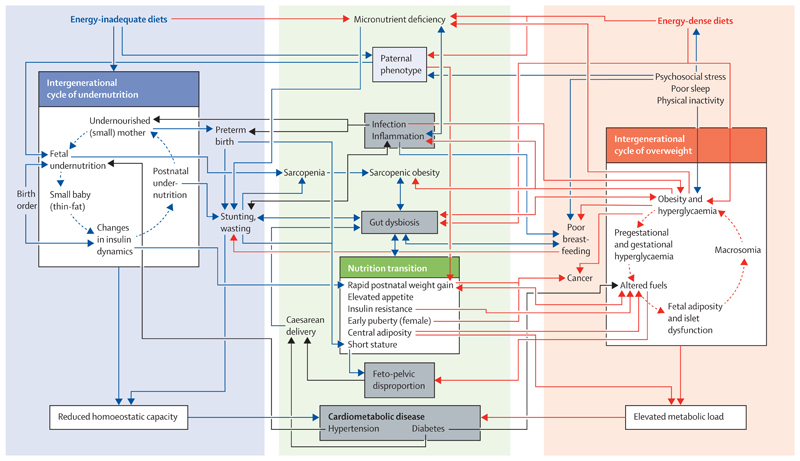Figure 1. Complex interconnections between intergenerational cycles of undernutrition and nutritional excess and the effect of nutrition transition.
The intergenerational cycle of undernutrition (blue) associated with energy-inadequate diets and micronutrient deficiencies constrains growth and reduces the metabolic capacity for homoeostasis. The intergenerational cycle of overnutrition (red) associated with energy-dense diets is characterised by excess metabolic fuel and elevated adiposity, each of which challenges homoeostasis. Both cycles of malnutrition contribute to a wide range of adverse health outcomes (grey boxes), and specific diseases also increase the risk of malnutrition (black arrows). Through nutrition transition, individuals shift between these cycles within the life course, both increasing the risk and exacerbating the magnitude of health consequences. This framework helps identify how nutrition transition generates biological connections between many different forms of ill health (eg, low birthweight, stunting, central obesity, diabetes, and caesarean delivery).

